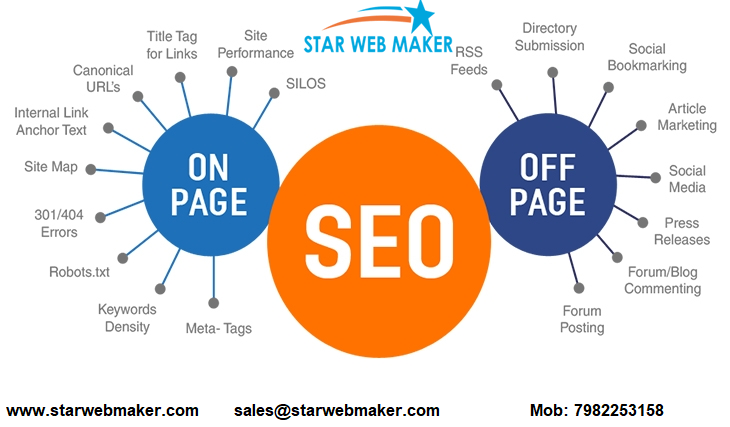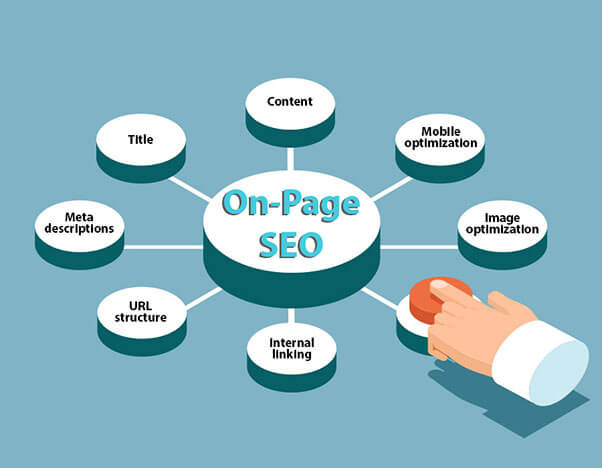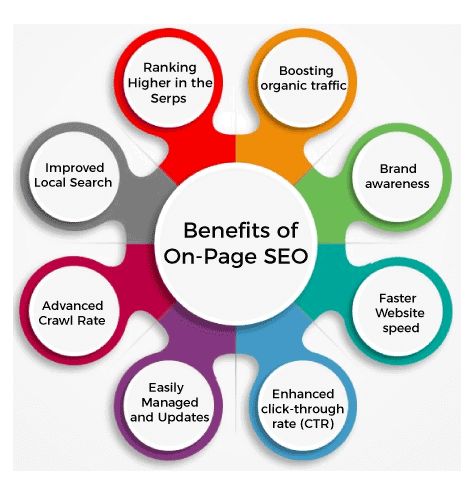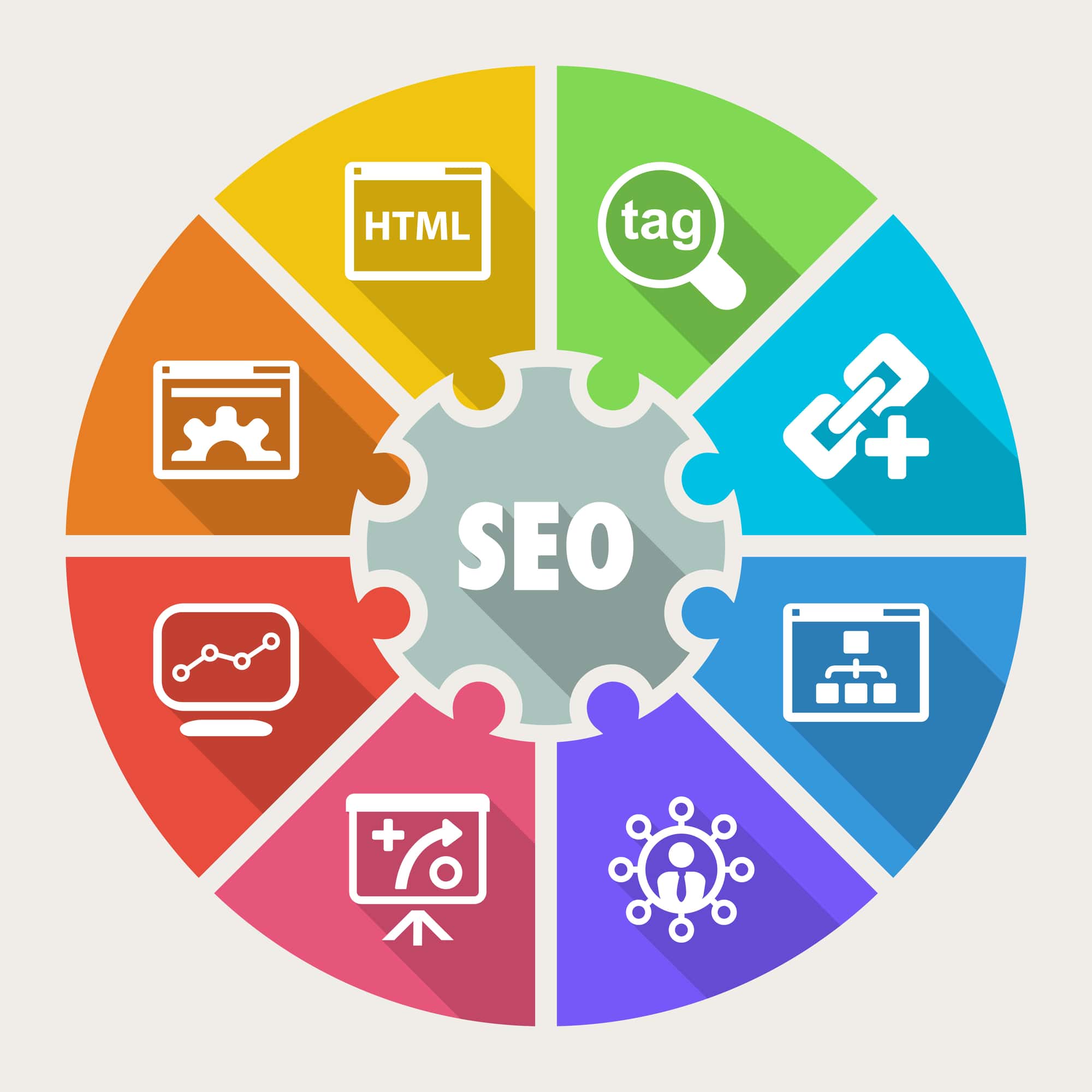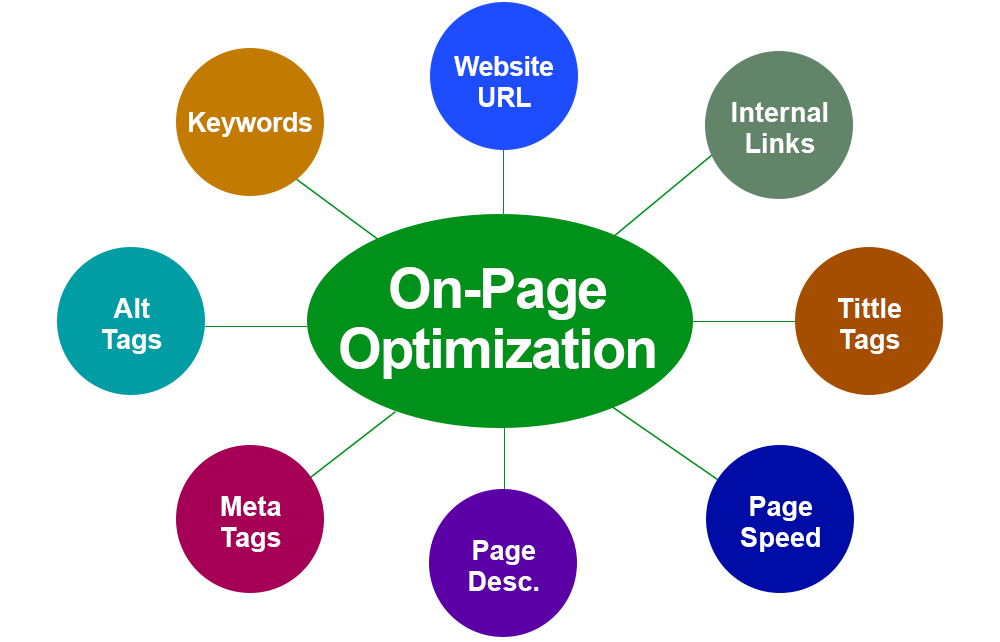On-page SEO optimization techniques involve improving various elements within your website pages to enhance search engine rankings and user experience. Key techniques include:
-
Keyword Research and Strategic Placement: Identify primary and secondary keywords using tools, then place them naturally in the page title, H1 heading, URL, first paragraph, subheadings, image file names, ALT text, meta description, internal link anchor text, and closing paragraph to signal relevance without keyword stuffing.
-
Create Unique, Helpful, and Comprehensive Content: Develop content that fully answers user queries, matches search intent, and provides added value. Use keyword clusters or topical clusters to cover related subtopics comprehensively, improving topical authority.
-
Optimize Title Tags and Meta Descriptions: Craft keyword-rich, click-worthy titles and meta descriptions that accurately describe the page content and encourage user clicks.
-
Use Proper Heading Structure: Organize content with H1, H2, H3 tags to improve readability and help search engines understand content hierarchy.
-
Optimize Images: Use descriptive filenames and ALT text, compress images for faster loading, and include relevant keywords where appropriate to improve accessibility and page speed.
-
Improve Site Speed: Ensure pages load within three seconds by compressing images, minifying code, reducing redirects, leveraging browser caching, and using content delivery networks (CDNs).
-
Implement Responsive Design: Make your website mobile-friendly to accommodate users on smartphones and tablets, aligning with Google's mobile-first indexing.
-
Internal Linking: Link related pages using descriptive anchor text to build topical authority and improve site navigation.
-
Optimize URLs: Use clean, descriptive URLs that include keywords and reflect the page content.
-
Featured Snippet Optimization: Structure content to answer common user questions clearly and immediately, preferably in the first paragraph, to increase chances of appearing in Google's featured snippets (position zero).
Additional advanced tactics include building a topical map with pillar pages and subtopics, filling content gaps, and aligning content with the buyer's journey stages (awareness, consideration, decision).
These techniques collectively improve both search engine understanding and user engagement, leading to measurable growth in traffic, rankings, and conversions.

